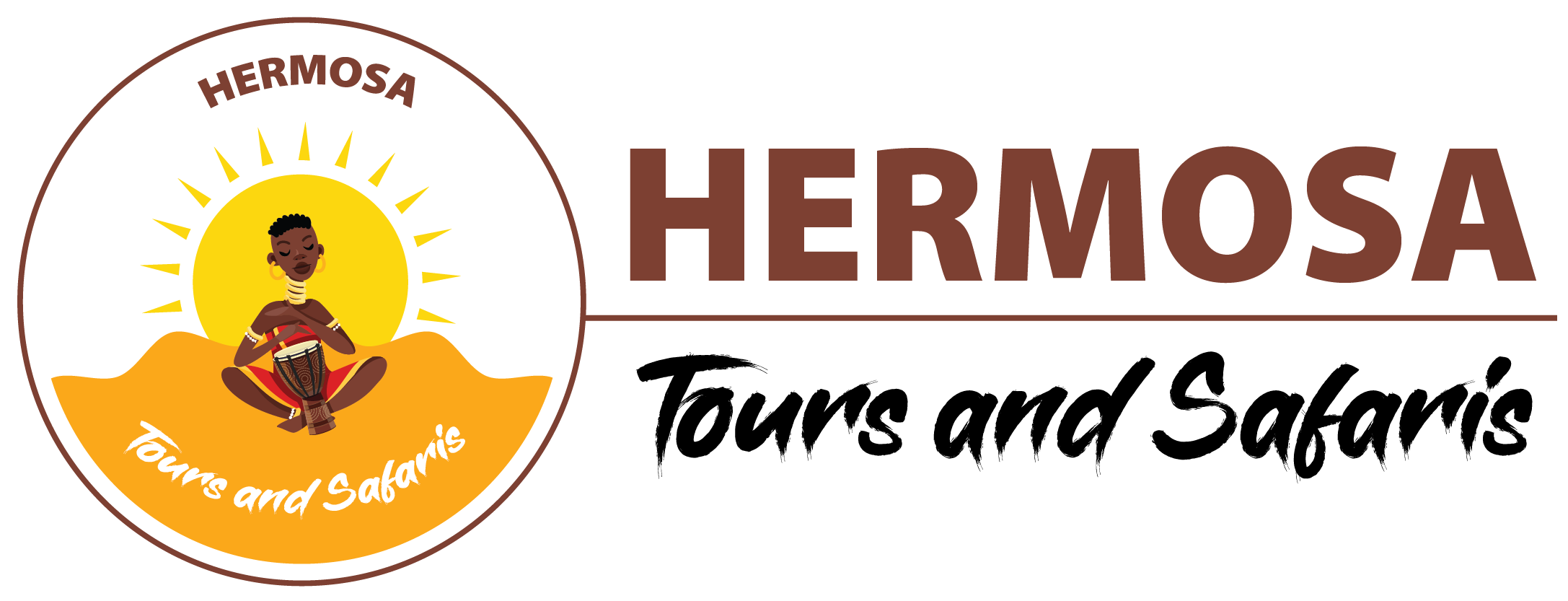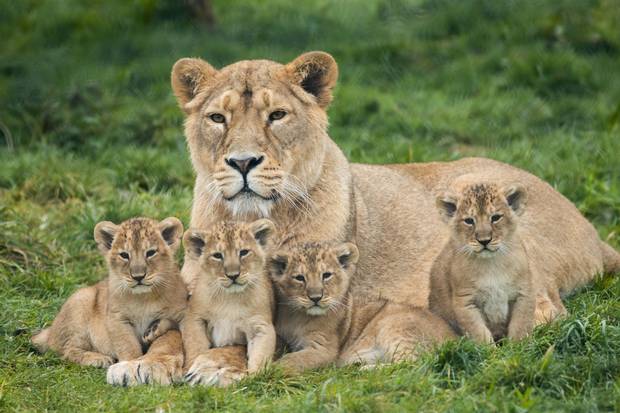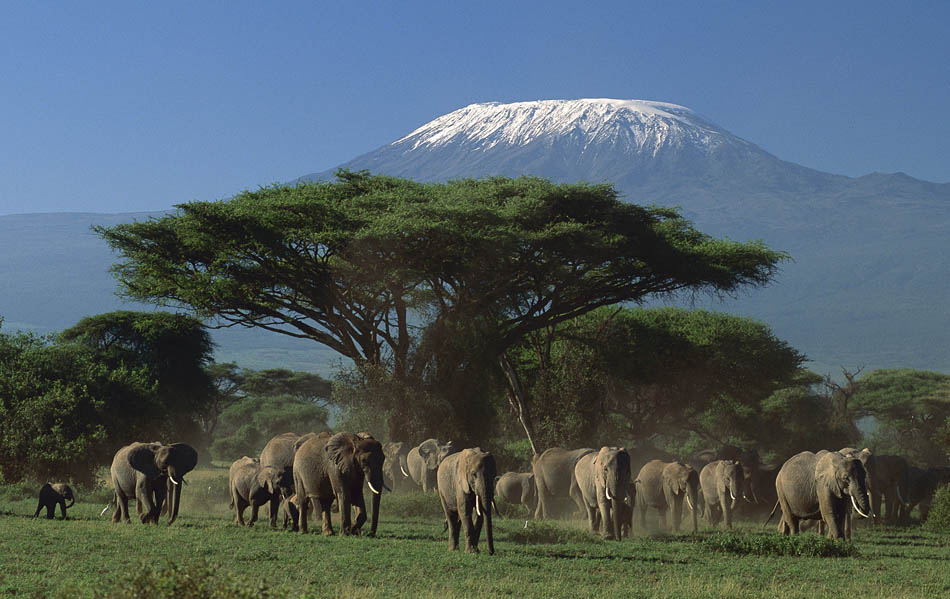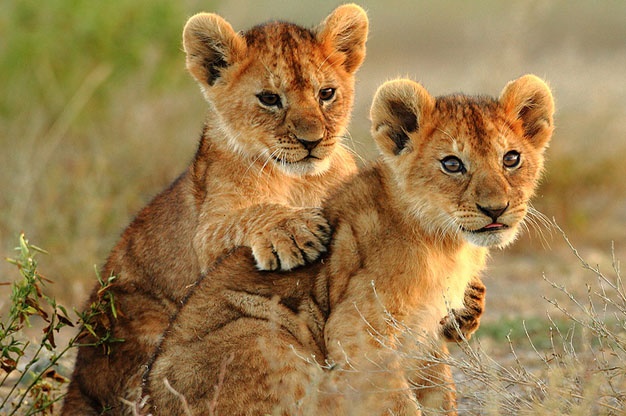{tab Why Visit}

Mount Kenya is an ancient extinct volcano and Africa's second highest mountain (5,199m). With its rugged ice-capped summits and cloud-forested middle slopes, it is one of the most impressive of East African landscapes - arguably more spectacular than the higher Mount Kilimanjaro. There are eleven remnant glaciers on the mountain, all receding rapidly, and four secondary peaks at the head of the glacial valleys. The evolution and ecology of its Afro-alpine flora provide an outstanding example of ecological processes and a wide range of rare and endemic species. A comprehensive review of the world heritage values of Mount Kenya is provided below, together with details of the area's conservation status and the threats it faces.
{tab What To Experience}
[spvideo]https://www.youtube.com/watch?v=UXi-ZTxkMkM [/spvideo]
Spectacular mountain scenery: The park protects some of Africa's most spectacular mountain scenery, including Africa's second highest peak (Batian, 5,199m), 12 remnant glaciers, and an abundance of lakes, waterfalls and bog-filled valleys. Mount Kenya is an ancient extinct volcano, which probably reached a height of 6,500m during its formation 3.1-2.6 million years ago. Today, the jagged snow-capped peaks, glaciers and exuberant Afro-alpine vegetation create one of the most impressive landscapes in Africa.
Diversity of evolving habitats: There is a great diversity of habitats on account of the range of altitude (2,400 to 5,200m), equatorial location and high rainfall. . The world heritage site is particularly noted for its unique afro-alpine flora, which provides an outstanding example of ecological processes in an environment that is characterized by an extreme climate with ‘summer every day and winter every night'. The forested lower slopes (below 2,400m) are not included in the world heritage site, but the vegetation zones of higher elevations (bamboo, tree heather, Afro-alpine and Nival zones) each has its own special characteristics and associated plants and animals. This altitudinal zonation and diversity is the product of ongoing ecological interactions, and is in a continuing state of change in response to the erosive force of water and ice, and climate change.
Rich montane flora, with many endemic species: Mount Kenya has a rich montane flora, including many endemic species. The giant heather and Afro-alpine vegetation zones that extend from around 3,500m to the snowline (at around 4,400m) represent the rarest vegetation types on the African continent. Prominent constituents of this extraordinary vegetation are several endemic (or near-endemic) giant groundsels (Senecio) and Lobelias. The forested lower slopes (outside the boundaries of the designated world heritage site) support a number of rare shrubs and the climber, Rubus keniensis.
Rare, threatened and endemic fauna: Mount Kenya is an Important Bird Area (IBA) with 53 of Kenya's 67 African Highland biome species, including the rare and threatened Abbott's Starling. It is home to 6 of the 8 bird species that are endemic to the Kenyan Mountains Endemic Bird Area. Mammals of global concern include elephant, bongo, black rhino (probably locally extinct) and a local race of the black-fronted duiker (Cephalophus nigrifrons hooki), as well as four globally-threatened small mammals. Two reptiles (a snake and a chameleon) are endemic to the high altitude zones of Mount Kenya and the nearby Aberdares, while another snake (Atheris desaixi) is endemic to Mount Kenya's forested lower slopes.
{tab Where To Go}
The mountain is an awe-inspiring sight. Its ragged series of peaks are crowned with snow, and its slopes are thick with forest. The mountain is best seen at dawn, when the days early light silhouettes its impressive summit high over the surrounding plains.
While the 5199 metre summit is a difficult technical climb, the lesser peak of Point Lenana (4985m) can be easily reached by any fit trekker.
This trek takes between 3 and 5 days, through a fascinating world of forests, wildlife, unique montane vegetation including podocarpus and grounsel, and finally one of the worlds rarest sights, equatorial snow. For those who don’t want to climb the Mountain the cool highlands that surround its base are well worth a visit. The forests are ideal for game viewing, and there are crystal clear mountain streams that abound with Trout.
{/tabs}



